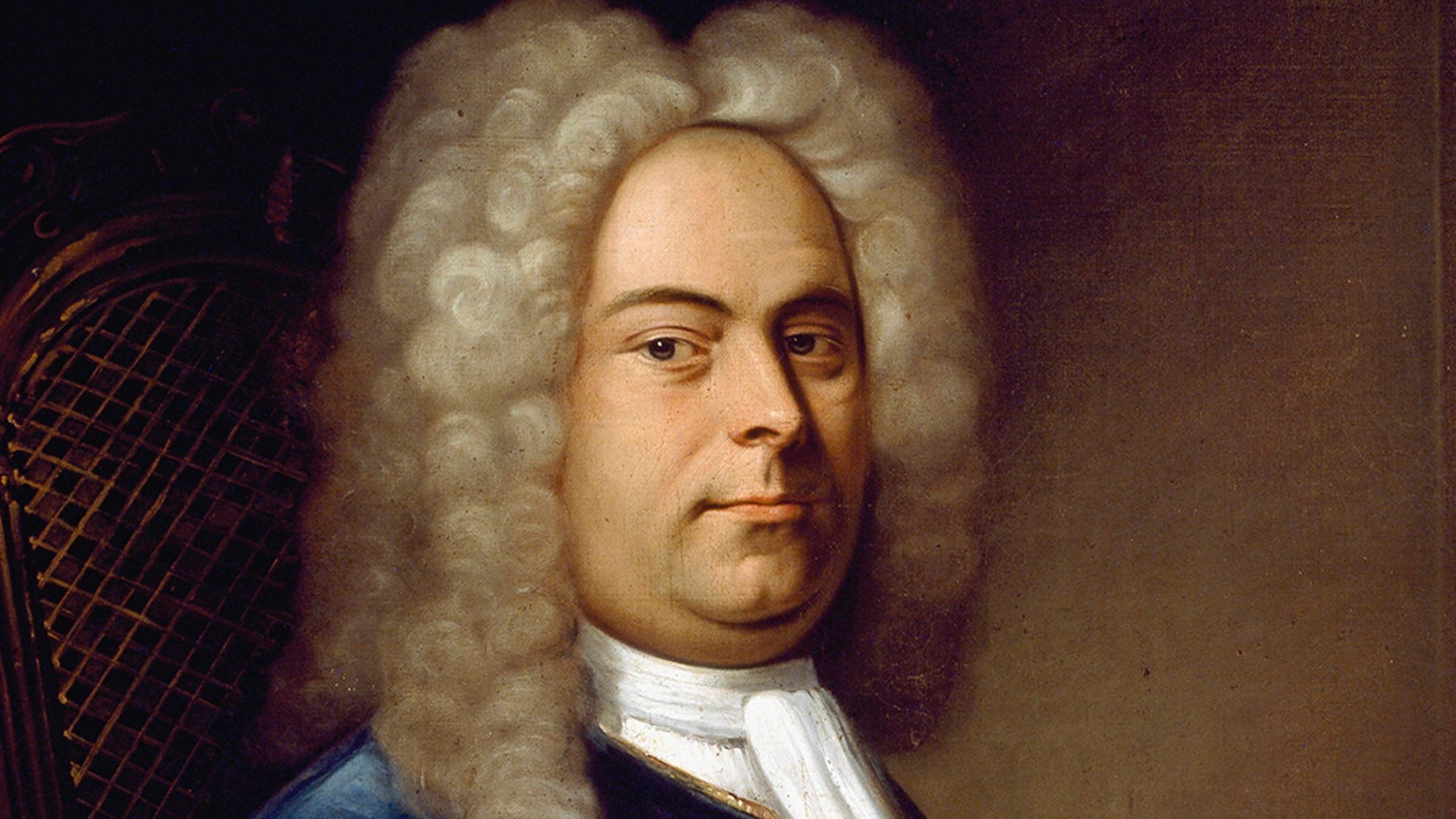Before television, internet, movies, and rock and roll, there was the secular cantata.
During the late Baroque period in Italy, these dramatic vocal works were popular entertainment in wealthy, aristocratic circles. Made up of a brief sequence of recitatives and arias, the secular cantata amounted to a kind of highly condensed opera. Between 1706 and 1709, the young George Frideric Handel traveled throughout Italy and produced at least 40 solo cantatas, most of which are scored for soprano and continuo.
One such work is Un’alma innamorata, HWV 173 (“A soul in love”), composed by the 22-year-old Handel for a performance at the country estate of Francesco Ruspoli, the first Prince of Cerveteri. The text, by an unknown author, centers around love’s joys and sorrows. The faithful heart, wounded by love, finds relief in a capricious, uncommitted “vagabond love.” Un’alma innamorata may fail to deliver sensible and wholesome relationship advice, but it does leave us with achingly beautiful melodies and an intimate sense of drama. While the cantata is performed by a female voice, the narrator is never defined as male or female. As with many rock songs, it speaks in vague terms to a wide, generalized audience.
The poor heart wounded by love, sighs and becomes angry if it lives faithfully. Let its only pain be jealous fear, and let cruel torments be its chains.
The aria which follows, lo godo, rido e spero, transitions to the joyful, carefree mood which concludes the cantata. Again, the violin and voice engage in a vibrant imitative dialogue.
I enjoy, laugh and hope, and love more than one heart, and I know why. If my thought follows a vagabond love, then you go and find where it is.
This performance of the full cantata features Ensemble Arava:
Recordings
- Handel: Un’alma innamorata in D Minor, HWV 173, Ensemble Arava brilliantclassics.com
- Handel: Un’alma innamorata in D Minor, HWV 173, Emanuela Galli, La Risonanza Amazon


These are fun 🙂 I always loved Schumann‘s lieder too.